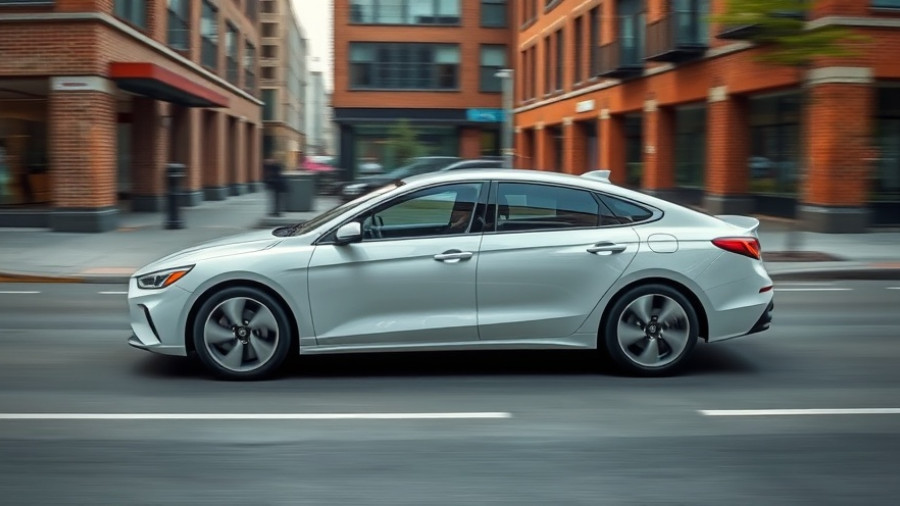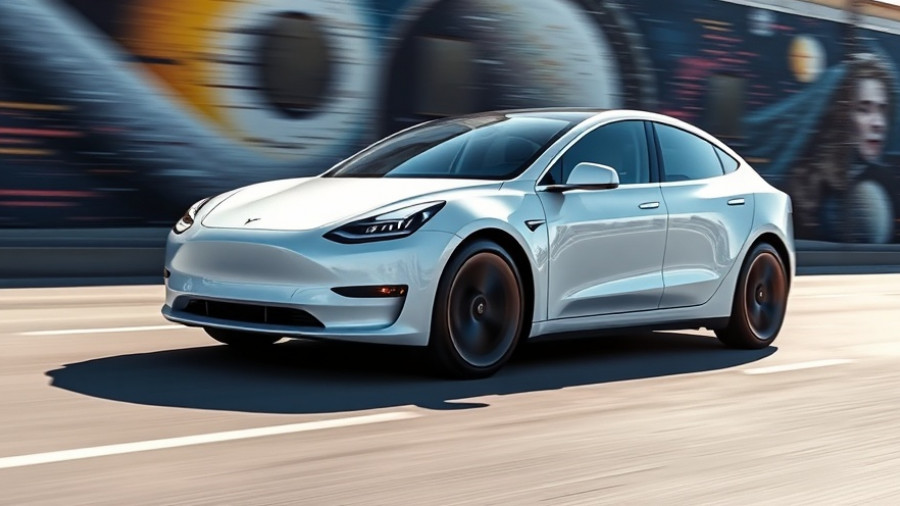
Rising Auto Payments: A National Concern
It's no secret that the cost of living in the U.S. has surged. However, a new dimension of this financial strain emerges as data reveals that nearly one in five car owners now faces monthly payments exceeding $1,000. This isn't just a statistic; it's a reflection of shifting consumer behaviors and a grappling economy where loans are becoming longer, and the price tags on vehicles are escalating.
The Statistics Behind The Surge
According to recent findings by the Detroit Free Press, approximately 19.3% of Americans have auto payments of over $1,000, up from 17.3% just months ago. What's driving these figures is a combination of increasing vehicle prices and extended loan terms. The average monthly car payment now hovers around $756, up $16 from previous quarters, illustrating just how tightly consumers are tightening their financial belts.
Understanding the Longer Loan Terms
While the monthly figure may seem daunting, many buyers opt for longer loan terms to make their purchases manageable. With 22.4% of new-vehicle financing loans stretching 84 months or longer—a record high—Americans are committing to significant payments for years. Financing for extended periods may lower monthly costs, but it drastically increases the interest paid over the lifetime of the loan, leaving consumers with a heavier overall burden.
The Impact of Rising Vehicle Costs
The rising average amount financed for new cars now stands at around $42,400, a sharp climb from the previous year’s $40,900. This increase also correlates with national economic challenges such as inflation and tariffs, contributing to the strain on American wallets. With more people financing high amounts, the auto industry must find solutions to ensure consumers are not left trapped in cycles of debt.
A Broader Economic Perspective
The auto payment crisis is part of a larger conversation about affordability and economic health in America. Rising vehicle prices and loan levels pose significant questions about consumer spending power. If such trends persist, we may witness more drivers falling behind on payments and facing repossession, as reported by multiple sources detailing a historic increase in late payments across the country.
Future Trends and Predictions
Looking ahead, it's vital for consumers to stay informed and make educated choices regarding their vehicle purchases. Borrowing costs are likely to remain high, and consumers may opt for greater flexibility, such as car-sharing services and electric vehicle options that can potentially reduce long-term costs. Experts encourage potential car buyers to consider not just the monthly payment but the total cost of ownership that includes insurance, maintenance, and depreciation.
Exploring Alternatives: Understanding Car Ownership Costs
For those facing tough financial decisions, utilizing an ownership cost calculator can provide insight into the total expenses associated with a vehicle. This tool can illuminate the hidden costs, enabling buyers to choose wisely between high-end SUVs or sedans and possibly steer them towards more affordable alternatives that carry better resale values.
The Takeaway on Car Financing
Making sound financial decisions in the automotive market is more crucial than ever. As consumers grapple with rising costs and loan commitments, such insights can guide their choices. It's important to educate oneself on car reviews and ratings, analyze the best value cars, and consider fuel efficiency to ensure a smart financial decision that doesn't lead to straining monthly budgets.
 Add Row
Add Row  Add
Add 




Write A Comment